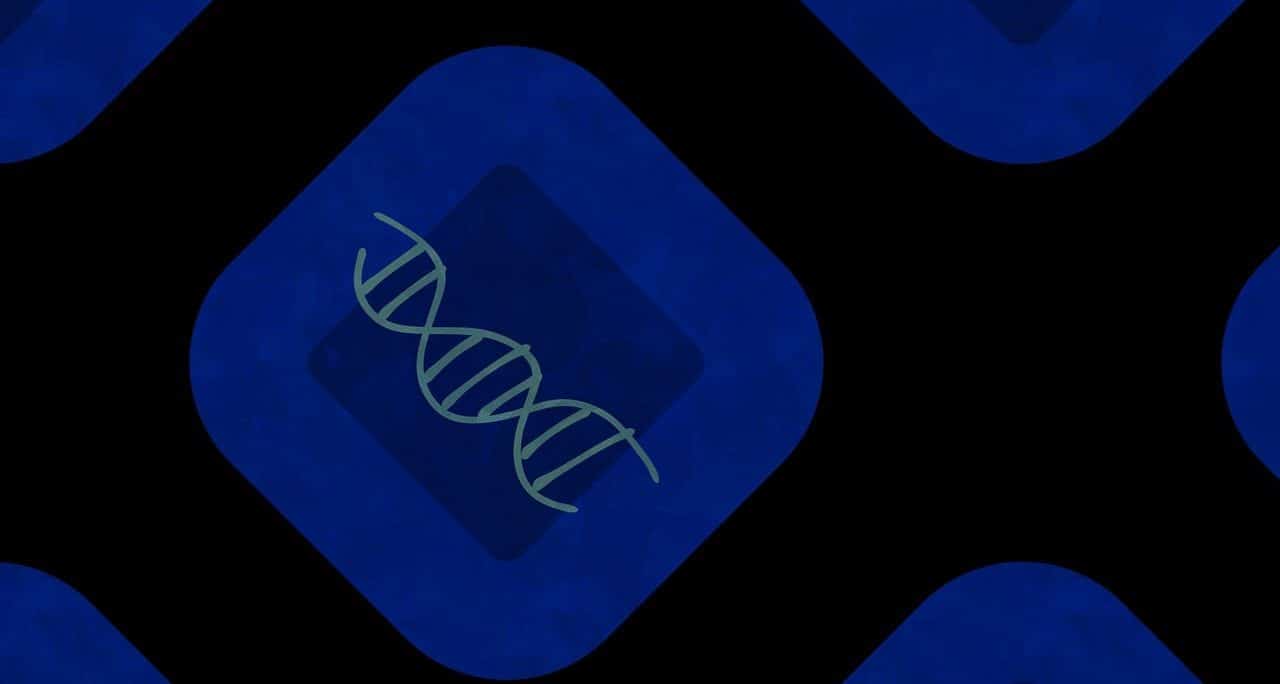
A trisomy is a genetic alteration.
A trisomy is an alteration that occurs in genes and involves the appearance of an extra chromosome in one of the usual pairs. This means that a triplet is recorded instead of the homologous pair of chromosomes that characterizes diploid beings.
Monosomy , on the other hand, is understood to be the condition characterized by the absence of a chromosome , such that a 2n – 1 chromosome complement is generated. Both disorders usually appear together in various documents in the field of genetics.
Trisomy in humans
When trisomy occurs in humans , the person can develop XYY syndrome , XXX syndrome or Down syndrome , for example. These genetic disorders are detected through cytological analysis of meiotic division.
In trisomies, the pairing of chromosomes has an irregular configuration. This is because three copies of some of the chromosomes are generated and in certain areas only two chromosomes of the trio of homologs manage to develop the synapse .
The trisomy with the longest survival in humans is Down syndrome , a trisomy of chromosome number 21 . It was described in the 19th century by the English physician John Langdon Down .

Down syndrome is a consequence of a trisomy.
Characteristics of Down syndrome
People who have Down syndrome have a reduced IQ, although it can be developed significantly thanks to stimulation. They also usually have a rounded head, flattened forehead and short stature.
Those who have trisomy of chromosome 21 , on the other hand, show a predisposition to suffer from digestive and heart diseases due to the high level of proteins synthesized by the additional chromosome.
Trisomy 13
Other trisomies are much less common than Down syndrome . Trisomy 13 , known as Patau syndrome , was only discovered in 1960 . In this case, individuals with the gene alteration do not usually live beyond three months. This trisomy occurs in 1 in every 19,000 children.
It all started when scientist Klaus Patau and his coworkers had to treat a child who had serious malformations and a karyotype (code that expresses a chromosome pattern) of 47 chromosomes : that is, with one extra. This chromosome was of medium size, and is currently known as chromosome 13 . One of the superficial features of children who suffer from this disorder is a fissure in the mouth and more than five fingers on some of their extremities.
As if this were not enough, through an autopsy it is possible to reveal a greater number of malformations, in this case inside the body; Due to the anomalies that development goes through from five weeks of gestation, several of the organic systems evolve incorrectly. As a curious fact, the parents of children with trisomy 13 tend to be older than the others, although the difference is not as pronounced as that between the latter and the parents of children with Down syndrome .
Edwards syndrome
Edwards syndrome occurs in children with a trisomy on chromosome 18.
In this case, congenital malformations are noted, such as: height below normal, skulls elongated forward and backward, ears deformed and in abnormal positions, thick neck, depression in the chin and dislocated hip. Furthermore, their life expectancy is reduced.
Trisomy and aneuploidy
A term related to this concept from the field of genetics is aneuploidy , a change that affects the number of chromosomes and that can open the doors to certain disorders, such as those mentioned in the previous paragraphs.
People diagnosed with trisomies do not have great viability, and this fact makes it probable that various aneuploidies will appear, although the majority of fetuses suffering from this type of disease do not manage to reach term.
